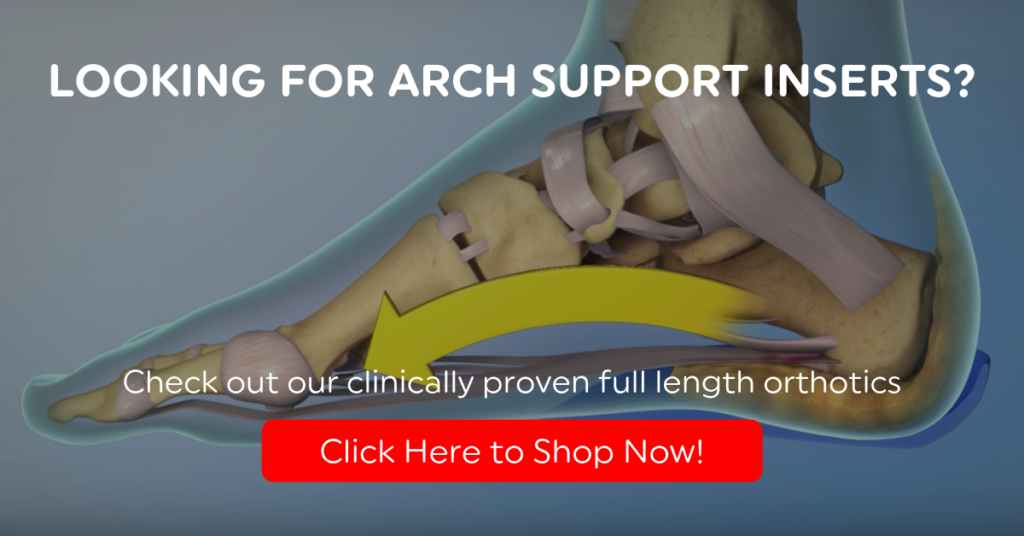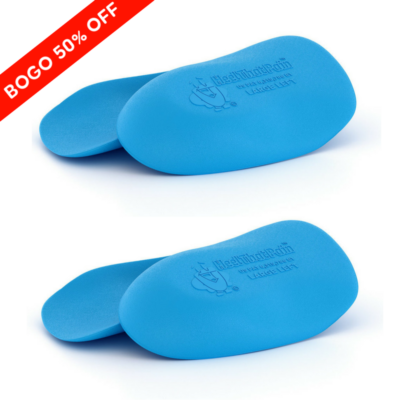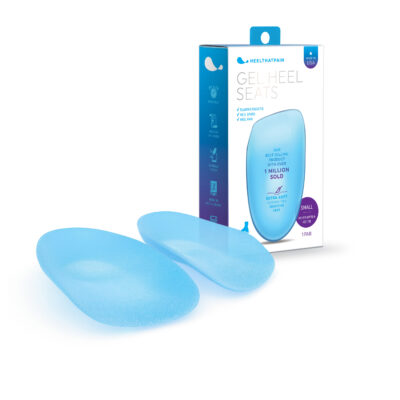Arch Pain Treatment
If you’re suffering from chronic arch pain or heel pain, even simple tasks like standing in line, taking the dog for a walk, or just getting out of bed in the morning can feel like unbearable obstacles.
Understanding how your arch or heel pain might have developed, why heel and arch pain are so serious, and what effective treatment options are available to help you stop the pain–and get back to the activities you love.
Causes of Pain in the Arch of the Foot
Arch or heel pain can happen to anyone. The pain might come on suddenly, or you might notice a more gradual onset. The following are some of the most common causes of pain in the arch of the foot or heel:
Injury or Overuse
Strain, overuse, or injury from work or play can lead to arch and heel pain. This is especially true of jobs that involve a lot of standing in one place, and high-impact sports like marathon running, soccer, or basketball. Small tears or deterioration compromise the arch’s ability to distribute weight and impact properly, leading to heel and arch pain.
Aging
As we age, our ligaments and fascia become less flexible and more prone to deterioration. If you’re noticing arch or heel pain for the first time, that isn’t caused by overuse or injury, it may be a result of the normal aging process.
Sudden Weight Gain or Pregnancy
The bones, ligaments, and muscles in the foot work together to distribute weight and impact evenly. Sudden weight gain, or pregnancy, can place significantly more strain on the arch of the foot, leading to small tears and micro-injuries, thinning of the heel fat pad, and causing heel spurs as the body tries to support the arch.
Arch Abnormalities
Arches that are very high or very flat are more susceptible to heel and arch pain, since they can’t bear weight and impact as effectively.
Weak or Tight Leg and Foot Muscles and Tendons
Each part of the foot works together to bear weight and impact properly. If you have tight calf muscles, low ankle mobility, or a tight Achilles tendon, you may be unknowingly placing extra strain on the arch of your foot.
Old or Poorly Fitting Footwear
Shoes can either help or hurt your arch. The right pair of shoes can give you additional cushioning and help your arch absorb shock and impact. But worn out or poorly fitting shoes can flatten, wear out, or add extra strain to your arch.
How Serious Is Arch or Heel Pain?
Sometimes arch pain is so severe, it’s difficult to get out of bed each morning. Other times, the pain is just irritating and nagging. But whether the pain is severe or mild, persistent arch or heel pain is a hallmark symptom of a common condition known as Plantar Fasciitis, in which the arch deteriorates, flattens, and can no longer properly bear weight and impact.
If your heel or arch pain is a symptom of plantar fasciitis, it’s important to address this serious condition quickly and consistently. While most cases of plantar fasciitis can be treated comfortably and inexpensively at home with the proven methods outlined below, Ignoring it can actually put you at greater risk for chronic pain and expensive, painful medical interventions.
Effective Arch Pain Treatments
The good news about arch pain or heel pain from plantar fasciitis is that more than nine out of ten cases can be treated at home, via non-invasive methods. If you’re wondering whether your arch pain is plantar fasciitis, take some time to read about the symptoms of Plantar Fasciitis, stories from other people who suffer from arch pain, or make an appointment with a podiatrist for an official diagnosis.
Once you’ve identified your arch pain or heel pain as plantar fasciitis, you can use the following treatments at home to ease your pain and heal your arch:

- Evaluate Your Shoes: Inspect the footwear in your closet and ban any pair of shoes that cramp your feet, make your toes feel claustrophobic, or rub your heel or toes. Shoes that have worn down in the heel or sole should be tossed out, too.
- Rest and Ice Your Feet: Rest does wonders for arch pain! Commit to putting your feet up for 20 minutes, twice a day. And while you’re resting your feet, ice them to reduce swelling and block pain signals. Check out this handy cheat sheet for free or low-cost icing methods.
- Make Lifestyle Changes: Substitute high-impact or strenuous exercise for yoga, tai chi or a similar low-impact discipline until you’ve fully recovered. If you need to lose a few pounds, take the opportunity to improve your diet and physical activity level to reduce the amount of weight your arches carry.
- Daily Stretching: Master a set of simple foot stretches to improve the flexibility and strength of your plantar fascia ligaments, arches, heels and leg muscles. Use these free foot stretching videos to get the proper technique, and stay committed to doing your stretches every day.
- Orthotic Inserts with Fascia-Bar: Commit to daily wear of plantar fasciitis-specific orthotic inserts in proper fitting shoes. Full Length Heel Seats with Fascia-Bar technology are twice as effective as Dr. Scholls, and actually lift the arch to the perfect height. Heel Seats also promote true healing while cushioning the heel and targeting hot-spots in the arch for fast pain relief.
With a combination of education, quality footwear, rest, ice, lifestyle modifications and the right orthotic inserts, most people can expect fast initial relief from arch pain and eventual recovery from Plantar Fasciitis.
Treating arch pain early is one of the best things you can do to ensure a speedy recovery, without lasting complications. Check out more educational articles in our Foot Health Library, or speak to someone in person about your arch pain by calling our patient helpline at 877-215-3200.






